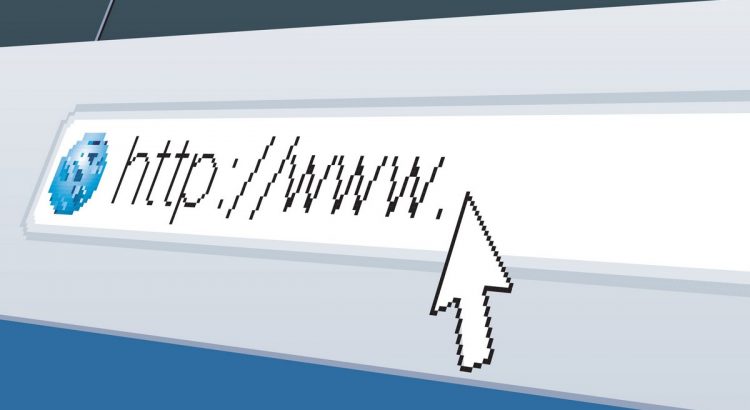If you want people to care about your hot new tech startup, then you’re going to need a strong marketing strategy. Chances are, you’re competing against other startups, or even established brands, so you need to find a way to stand out.
Luckily, marketing for tech startups is not as hard as it seems, so long as you’re willing to put in the work to get the word out. With a little hard work, you can introduce people to your brand and get new customers. Here are a few very effective ways to do just that.
But First: How Much Should You Be Spending on Marketing?
When it comes to your marketing budget, the U.S. Small Business Administration says that you should base your calculations on projected gross revenues. As a rule of thumb, they recommend that businesses making less than $5 million a year in sales should spend no more than 7-8% of projected revenues on marketing.
1. Paid Search
Paid search is a powerful form of marketing because it allows you to cater to the specific intent people have for making a search.
There are two types of queries that you can target:
- Informational Queries: These are a good way to generate leads by offering lead magnets like whitepapers and webinars. They also tend to be cheaper to bid on.
- Transactional Queries: These are more likely to lead to a direct conversion. As such, they also tend to be more costly to bid on.
For best results, you will want to cater to both informational and transactional queries. You will also want to test your ads on Bing, as well as Google.
The costs of paid search can add up so you want to make sure that you test your ads thoroughly. That way, you know you’ll be getting tangible results.
2. Organic Social Media Reach
Organic social media reach is simply taking part in an online community. Seek out people with a problem that your tech startup can solve, and find a way to help out. Don’t just jump in and try to sell your product, though. Value provided in good faith can be a powerful way to get people interested in your startup.
For tech startups, organic social media marketing can take many forms:
- Join in on trending hashtags
- Publish articles on LinkedIn
- Be active in Facebook groups
- Answer questions on Quora
Some of the best social media platforms to promote startups include:
- Hacker News (best for tech startups)
- Designer News
- Product Hunt
- Betalist
- Index.co
- Angellist
Note: Your Facebook followers may not be able to see your updates unless you pay to boost them
3. Building Out and Optimizing Your Website
Working on your website — especially on your conversion rate — has clear long-term benefits. Unlike your profile on social media platforms, you actually own your website. This means that you have control over what happens there. You control everything from how quickly it loads, to what messages visitors get when they click.
When it comes to building out and optimizing your website, there’s always something more to do:
- Search Engine Optimization
- Split testing
- Conversion rate optimization
- And more!
4. Content Marketing
Content marketing is a powerful form of inbound marketing. The idea here is to attract prospects looking to solve a problem.
Content marketing and the strategies required to make it successful can be complicated. However, getting started is easy. There are many types of content you can create. Content can be educational or entertaining, depending on what you are trying to achieve.
For tech startups, content marketing can include:
- Videos
- Images
- Audio
- Blog posts
- Powerpoints
- And more!
5. Email Marketing
Don’t underestimate the power of email marketing for tech startups. Building an engaged list of email subscribers is vital for marketing. What’s more, it’s yet another asset that you own and have full control over.
Not only is email marketing a cost-effective strategy, but it’s also a great way to help people move to the next stage of your sales funnel. Automation and personalization make this an even more powerful strategy. You can send out many different emails, from happy birthday messages to sale reminders, to license renewals.
6. Display Advertising
Using display advertising to send remarketing messages can help you capture more revenue. They’re also a great way to raise brand awareness.
As with all paid advertising, make sure to test your ads across multiple platforms to figure out what works best.
7. Hosting and Sponsoring Events
Events are a great marketing tool for many tech startups. They bring people together, and you can use the footage for future marketing campaigns.
There are many different types of events that you can host. Here are some examples:
- High-profile experiential events
- Pop up demos
- Industry conferences
- Large parties
- Product reveal parties
- Private networking events
You don’t necessarily have to host the event on your own, either. You also have the option of sponsoring someone else’s event — just make sure their audience is relevant to your product.
8. Media Outreach
Public relations and media outreach are especially useful for tech startups. Everyone wants to read about hot new technology.
If you have the budget to work with a professional PR company, do it! This is especially key if you have no experience with media outreach and PR.
If you don’t have the budget for a professional PR company, you can still get the ball rolling by simply drafting a press release for your startup. You will also want to build relationships with journalists who work at different media outlets relevant to your startup. Over time, you will begin to establish yourself as an expert that journalists can approach for comment.
9. Guerrilla Marketing and Social Hacking
Guerilla marketing and social hacking involve finding new and unexpected ways to market your startup. These marketing tactics are perfect for tech startups since it’s all about taking risks and trying something new.
One example of guerilla marketing is when Netflix left cryptic messages on the Turkish version of Reddit to promote the show Black Mirror.
Guerilla marketing has no rules. The best advice that you can take is to simply try everything [legal] that comes to mind, and see what works.
Conclusion
In the end, marketing for tech startups is about building long-term relationships. It’s not about making a quick buck! So as long as you understand your sales funnel and target customer, then you should find success in marketing your tech startup. If you need help building out your marketing strategy, why not check out the best marketing agencies for small businesses?


